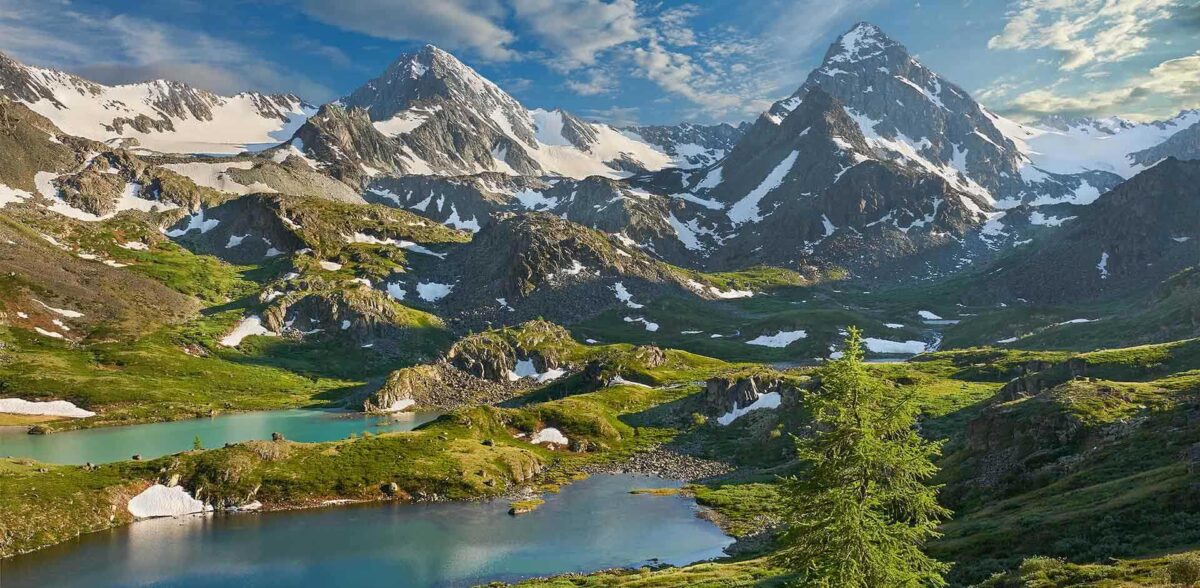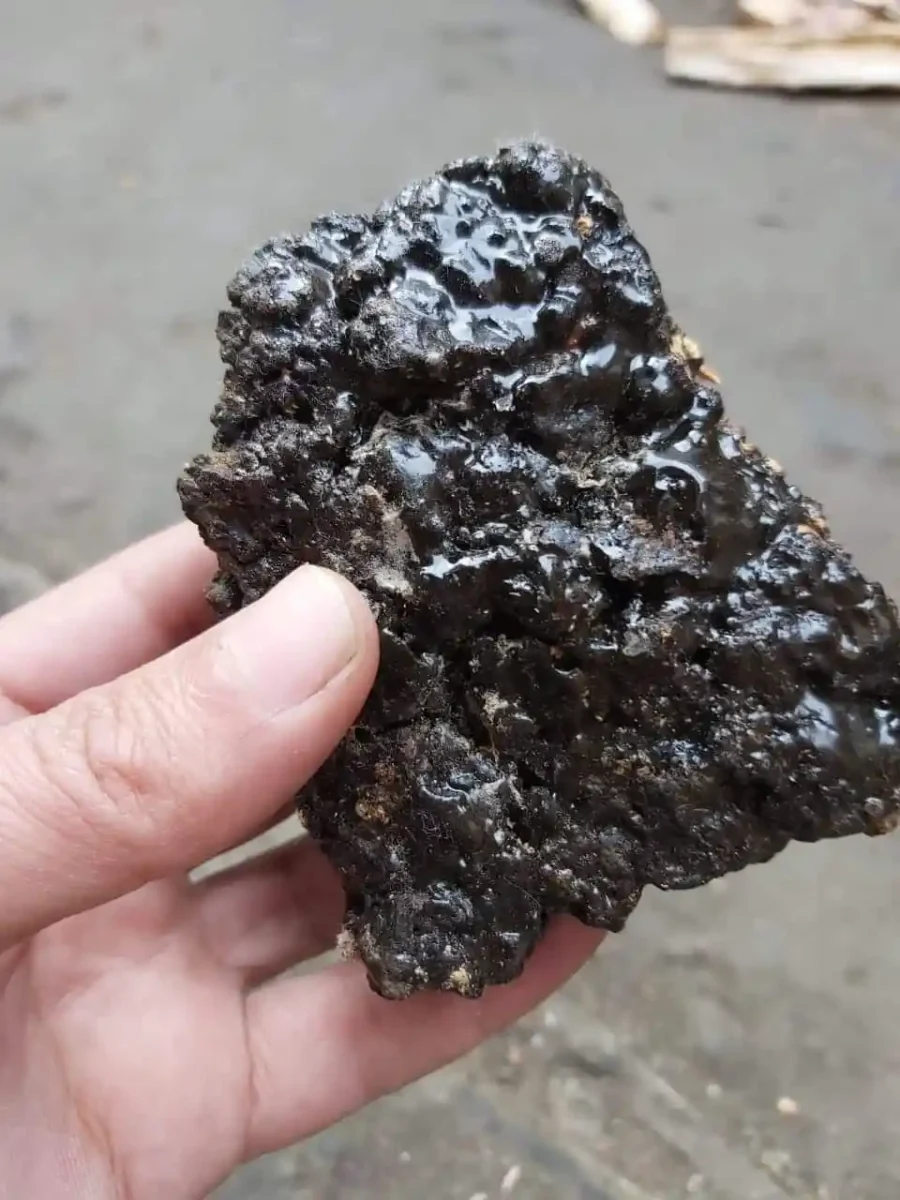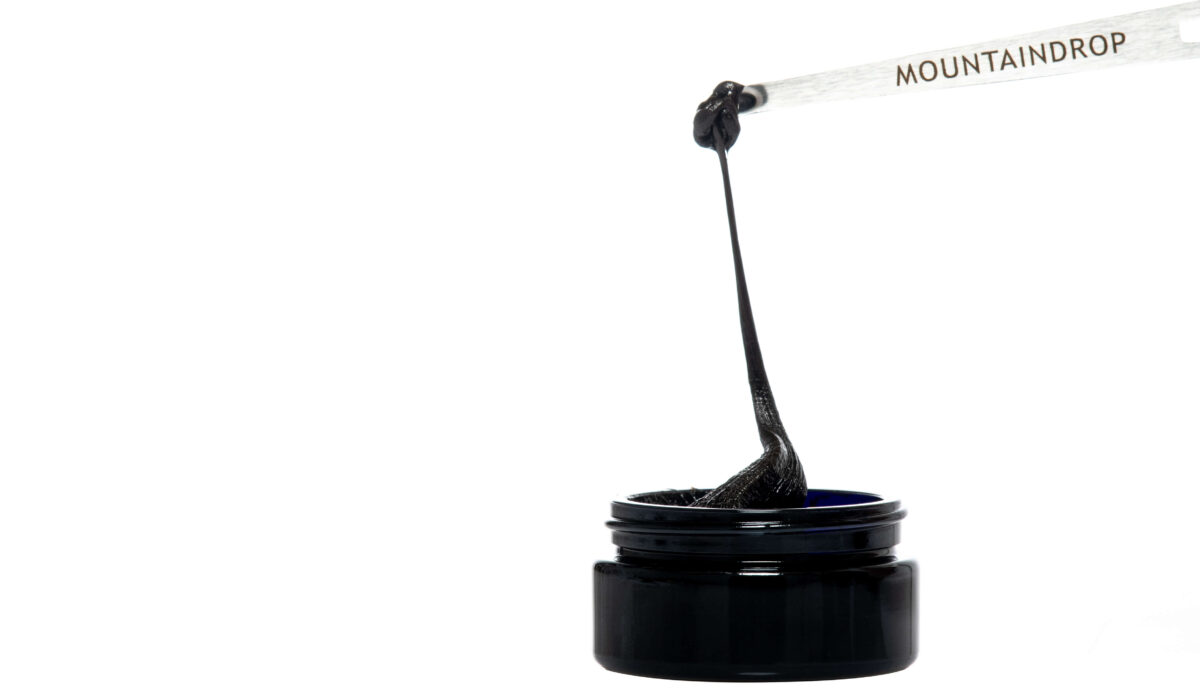Many of you have been asking about where Shilajit comes from and how it exists in nature. Today, we’re taking you on a virtual trip to the remote mountains where this unique substance is found.
We’ll explore the rocky cliffs where Shilajit forms and see how this “mountain tear” appears in its natural state. This journey will help you understand and appreciate the raw beauty of Shilajit in the wild.
Shilajit is born high in the mountains, in some of the world’s most impressive ranges. The Himalayas, Altai, Caucasus, and Andes are all places where Shilajit can be found.

Imagine standing on a steep, rocky slope, surrounded by tall peaks. The air is clean and crisp, with a hint of mountain herbs. This tough environment is key to how Shilajit forms.
These high mountains, usually 1000 to 5000 meters above sea level, have unique conditions that Shilajit needs to develop. The weather here is extreme, with big changes in temperature between day and night. Strong sunlight beats down during the day, while nights can be freezing cold. The air is clean and thin, allowing more of the sun’s rays to reach the ground.
The rocks in these areas are rich in minerals, which play a crucial role in Shilajit’s creation. Alongside these rocks, you’ll find tough plants that can survive in these harsh conditions. Both the rocks and plants slowly break down over hundreds of years. This long process is what creates Shilajit.

As we look at these impressive mountains, it’s easy to feel amazed. This untouched environment is where nature slowly creates one of its most interesting substances.
Now that we’ve explored where Shilajit is found, let’s delve into how it’s actually made. Remember, this isn’t a quick process – Shilajit takes centuries to form!
It all starts with the plants that manage to grow in these harsh mountain environments. These aren’t big trees or colorful flowers, but tough, hardy plants like mosses and small shrubs. When these plants die, they don’t decay quickly like plants in warmer, wetter places. Instead, they slowly break down in the cracks and crevices of the mountains.
Over time, layer upon layer of partly decomposed plant matter builds up. The extreme mountain conditions – the freezing and thawing, the strong sunlight, and the pressure from the rocks – all work together to transform this plant matter. As this happens, the plant material mixes with minerals from the surrounding rocks.
Years turn into decades, and decades into centuries. During this time, the mixture of plant matter and minerals undergoes chemical changes. It becomes concentrated and develops into a sticky, tar-like substance – what we know as Shilajit.
But the process doesn’t stop there. As the seasons change, the Shilajit is pushed out of the rocks by natural forces. When the weather warms up, especially in spring and summer, you can see Shilajit seeping out of cracks in the cliffs. This is why it’s often called the “sweat” or “tears” of the mountains.
What makes Shilajit special is that it contains traces of many different substances. It has minerals from the rocks, compounds from the plants, and new substances created during the long formation process. This is why Shilajit is so complex and why it’s valued in traditional medicine.
After centuries of formation, Shilajit finally emerges from the mountain rocks. Let’s take a close look at how it appears in nature.
When you first see raw Shilajit, you might be surprised. It doesn’t look like your typical health supplement. Instead, it appears as a dark, sticky substance oozing from between rocks. The color can range from deep brown to blackish, sometimes with a slightly reddish tint.
Shilajit’s appearance is where it gets its poetic nickname – “tears of the mountain”. As it seeps out of cracks and crevices in the warm months, it truly looks like the mountain is weeping. This slow, natural flow creates striking visuals against the pale mountain rocks.
The texture of raw Shilajit is unique. It’s thick and resinous, a bit like tar but with a more earthy quality. When it first emerges, it’s soft enough to flow slowly, but it can harden as it’s exposed to air. Touch it (with caution and permission, of course), and you’ll find it’s sticky and dense.
One of the most interesting things about Shilajit in nature is how it changes with temperature. In cooler weather, it’s firm and can even be brittle. But as temperatures rise, it becomes softer and more pliable. This is why it tends to flow more in warmer months.
The contrast between Shilajit and its surroundings is stark. Against the light-colored rocks of the mountains, the dark streaks of Shilajit stand out clearly. It’s this contrast that often helps experienced gatherers spot Shilajit in the wild.
Raw Shilajit also has a distinct smell – earthy and slightly sweet, a bit like fresh soil after rain. This scent comes from the organic compounds it contains, a reminder of its origin from decomposed plants.
In its natural state, Shilajit is far from uniform. You might see bits of rock or plant material mixed in, or variations in color and consistency. This is normal and speaks to the natural, unprocessed state of the substance.
Seeing Shilajit in its raw form, right there on the mountainside, is a powerful reminder of its natural origins. It’s a product of the mountains themselves, shaped by time and the forces of nature.
Let’s zoom in and examine raw Shilajit more closely. It’s not just a uniform black mass, but a complex substance with varied features.

The color of raw Shilajit ranges from deep brown to black, sometimes with reddish or golden hues. It often has a slight sheen when held up to light.
Its texture is sticky and dense, similar to soft wax or thick honey. Raw Shilajit may contain small particles of rock or plant matter, giving it a slightly grainy feel.
One of its most interesting qualities is how it reacts to temperature. Cool Shilajit is firm, even brittle. But as it warms, it becomes softer and more pliable.
Look closely, and you might see tiny bubbles or pockets in the Shilajit, remnants of its slow formation process. Its surface can be smooth and glossy or rough and matte, depending on how fresh it is.

These natural characteristics – color, texture, and reaction to heat – reflect Shilajit’s unprocessed state and complex composition, telling the story of its long formation in the mountains.
After its long journey from mountain cracks to our facility, Shilajit undergoes careful processing to make it safe and ready for use. This final stage transforms the raw, sticky mountain resin into the pure, potent supplement you know.
Our purification process is meticulous, designed to preserve Shilajit’s natural properties while removing any impurities. We gently clean it, removing any remaining particles of rock or plant matter. Then, we filter it to ensure consistency and purity.
The result is a smooth, uniform substance that’s much easier to use than its raw counterpart. It’s still dark and rich in color, but now it has a more polished appearance. The texture becomes more consistent – soft enough to be easily portioned, but firm enough to handle.

In this final form, Shilajit retains its characteristic earthy scent, a reminder of its mountain origins. However, it’s now concentrated, making it more potent than the raw resin.
We package this purified Shilajit in dark glass jars to protect it from light and preserve its qualities. When you open a jar of Mountaindrop Shilajit, you’re experiencing the essence of those remote mountain cliffs, carefully refined and made accessible for your daily use.
This transformation from raw mountain exudate to refined supplement encapsulates our commitment to bringing you nature’s bounty in its most pure and potent form.
Our journey through the life cycle of Shilajit has taken us from the towering peaks of remote mountains to the carefully prepared supplement in your hands. It’s a testament to both the power of nature and the precision of modern preparation methods.
Shilajit’s story is one of patience and transformation. Born from the slow decomposition of plants over centuries, shaped by extreme mountain conditions, and finally refined through careful processing, it embodies the best of what nature has to offer.
As you use your Mountaindrop Shilajit, remember its extraordinary origins. Each serving connects you to those pristine mountain environments, bringing a piece of nature’s resilience and potency into your daily routine.
Source:
1. https://www.ncbi.nlm.nih.gov/pmc/articles/PMC3296184/

Copyright 2024 © Mountaindrop. All rights reserved. Powered by EOSNET










Terry says:
How do I know your shilajit is the best to use from all of the others.
Mountaindrop says:
While we can’t say its the best, its there on the top with the best ones! Feel free to check out our reviews on Trustpilot: https://www.trustpilot.com/review/mountaindrop.com